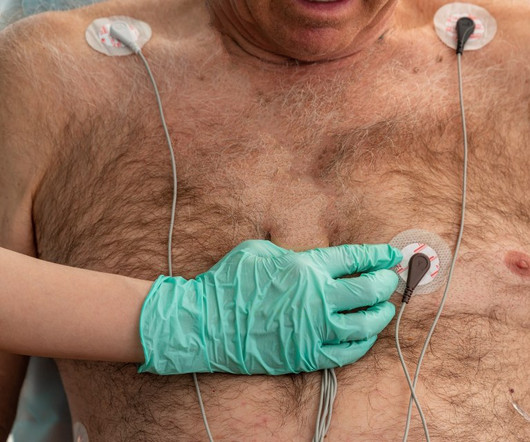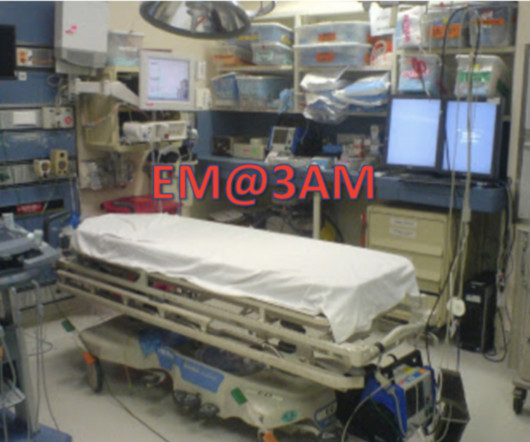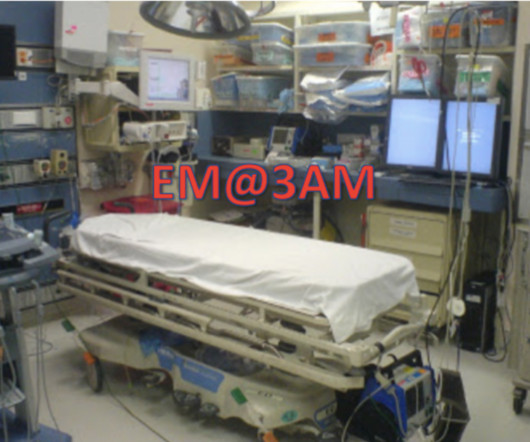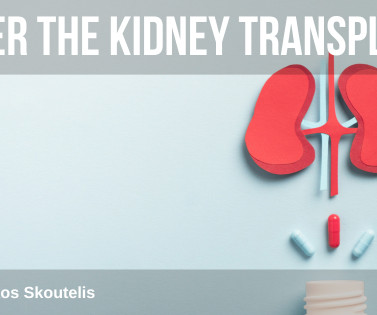SGEM#468: Wide Open Monocytes – Using MDW to Diagnose Sepsis
The Skeptics' Guide to EM
FEBRUARY 22, 2025
Monocyte distribution width (MDW) as a screening tool for early detecting sepsis: a systematic review and meta-analysis. Background: Rapid and accurate diagnosis of sepsis is critical, as early intervention can significantly reduce patient mortality. Reference: Agnello et al. His WBC is elevated at 23,000 with a left shift.






























Let's personalize your content